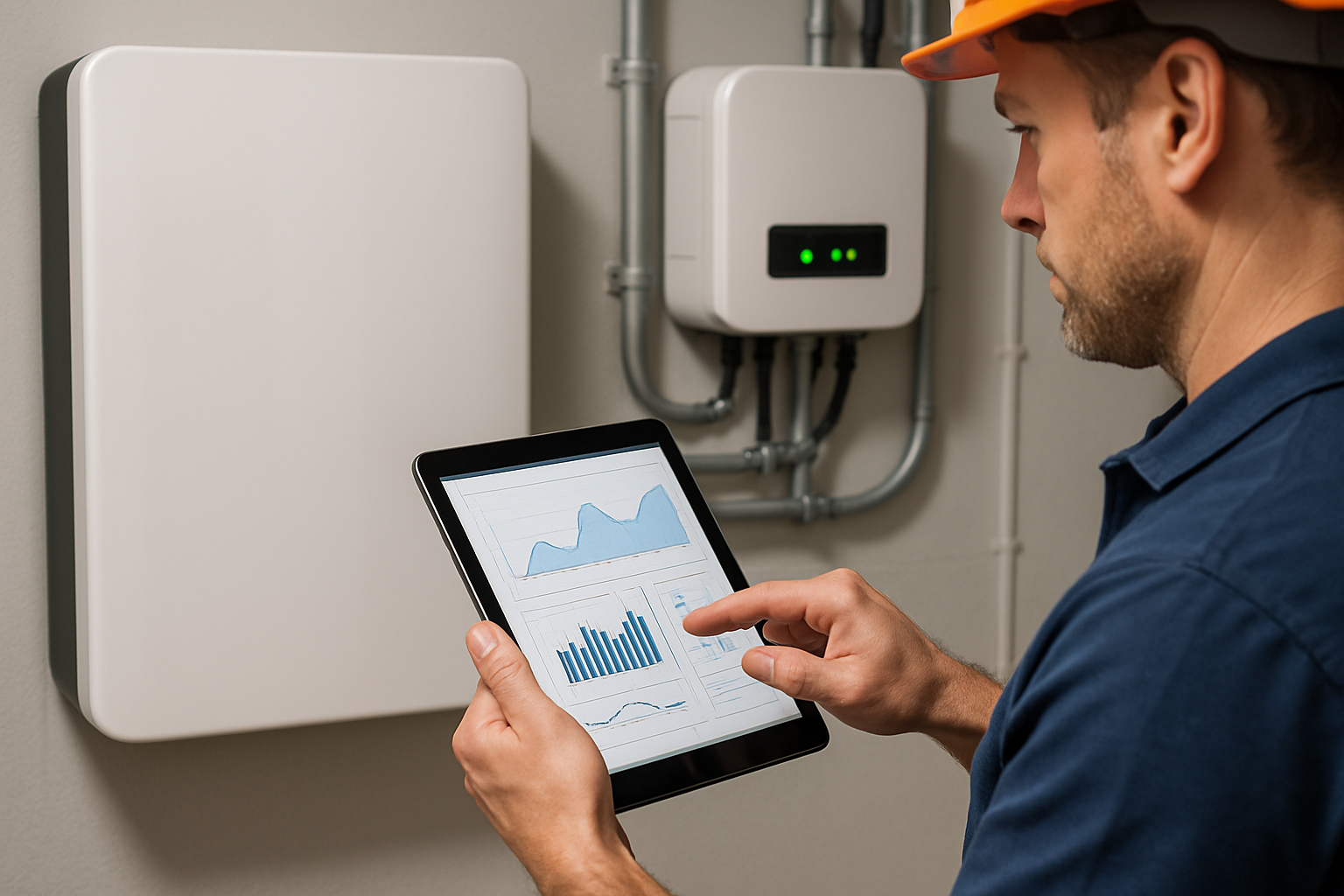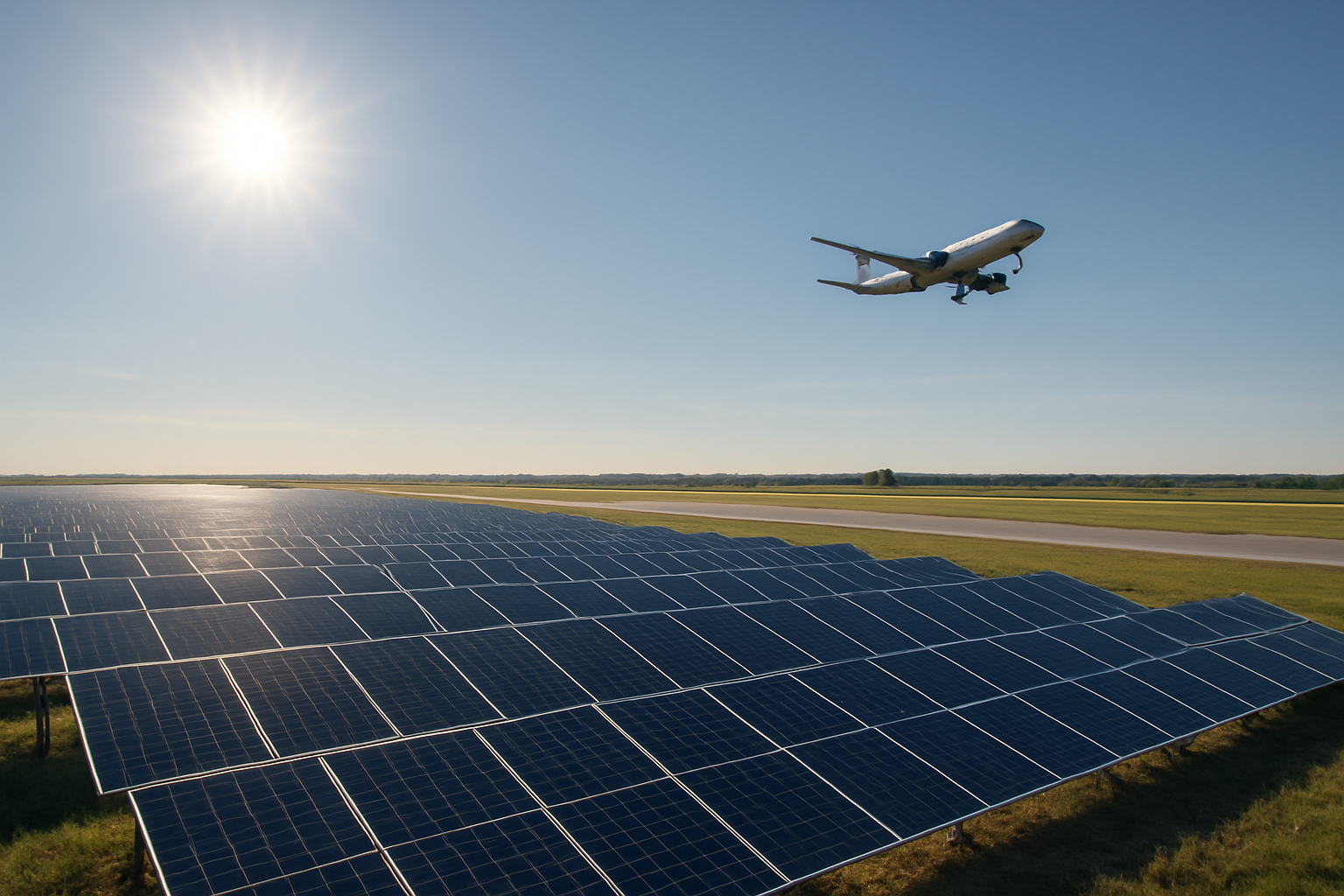Rooftop solar panels represent a significant step toward energy independence and lower utility bills. The technology is reliable and built to last for decades. Yet, the success of a rooftop PV system hinges entirely on its design and installation. Even the most advanced panels will fail to deliver their promised output if a critical factor is misjudged: shade. This is a case study of how a series of seemingly small oversights in shade analysis led to a catastrophic underperformance of a new solar installation.
The Initial Mistake: A Flawed Site Assessment
The story begins with a homeowner who, after receiving a promising quote, proceeded with a rooftop PV installation. The installation team performed a quick visual site survey on a clear summer afternoon. The roof looked perfect. However, this initial assessment contained critical flaws that would undermine the entire project.

The 'Quick Glance' Fallacy
A simple visual check is never sufficient for a proper solar assessment. In this case, the installers noted a small tree at the edge of the property and a neighbor's chimney but deemed them insignificant. They failed to account for the full arc of the sun. Objects that cast no shadow at noon can cast long, performance-killing shadows in the early morning or late afternoon, precisely when time-of-use electricity rates can be at their highest.
Ignoring the Sun's Seasonal Path
The most significant error was conducting the assessment in mid-summer. The sun is at its highest point in the sky during the summer, casting the shortest shadows of the year. As the seasons shift toward winter, the sun's path becomes much lower in the sky. This lower angle meant that the previously 'insignificant' tree and chimney began to cast long shadows directly across the solar array for several hours each day, crippling energy production during the winter months.
Lack of Professional Analysis Tools
A professional assessment uses specialized tools to prevent such misjudgments. A device like a solar pathfinder or modern software using 3D modeling can accurately map the sun's path for every day of the year. It accounts for all surrounding obstacles and generates a precise shade profile for the roof. This data-driven approach removes guesswork and is a hallmark of a quality installation process. Proper project design and pre-construction analysis are vital, a sentiment echoed in industry reports. For instance, a report from the International Energy Agency, Women working in the rooftop solar sector, identifies the design and pre-construction phase as a distinct and critical part of a rooftop solar project's value chain.
Compounding the Error: Poor System Design
The flawed site assessment led directly to poor system design choices. The layout of the panels and the type of inverter selected magnified the negative effects of the shading, turning a recoverable problem into a major failure.
String Inverter Vulnerability
The system was designed with a traditional string inverter. In this setup, solar panels are wired together in a series, or a 'string'. The electricity flows through each panel in the string to the next. The major drawback is that the output of the entire string is limited by the performance of the weakest panel. When a shadow fell across just one or two panels, the energy production of the entire string dropped dramatically. This is often compared to stepping on a garden hose; the flow is restricted for the whole length.
Overlooking Future Growth
Another critical shading misjudgment was the failure to consider the future. The small deciduous tree was not a threat on the day of installation, but solar panels have a lifespan of 25 years or more. Over five years, that tree grew significantly, its canopy expanding and casting an even larger shadow on the array. Similarly, a neighbor's plan to build a second-story addition was not considered, which later introduced a new source of afternoon shade. Long-term site appraisal is a fundamental business activity for successful solar deployment.
The Financial Fallout and Technical Solutions
Within the first year, the homeowner noticed that their electricity bills were not as low as projected. The system's monitoring software confirmed a significant gap between expected and actual energy production, especially during the fall and winter months.
Quantifying the Production Loss
A detailed analysis revealed the stark reality of the situation. The intermittent shading, amplified by the string inverter, was reducing the system's overall annual output by nearly 30%. This completely altered the return on investment calculation, extending the payback period by many years.
| Metric | Installer Projection (Year 1) | Actual Performance (Year 1) | Performance Gap |
|---|---|---|---|
| Energy Production | 8,500 kWh | 6,020 kWh | -29.2% |
| Estimated Savings | $1,530 | $1,084 | -$446 |
| Payback Period | ~8 years | ~12 years | +50% |
Mitigation with Superior Technology
The solution to this problem lies in Module-Level Power Electronics (MLPEs), such as microinverters or DC power optimizers. Unlike string inverters, these devices manage the output of each individual solar panel. If one panel is shaded, its production drops, but all other unshaded panels in the array continue to produce at their full capacity. This technology effectively isolates the impact of shading, maximizing the system's total energy harvest.
The High Cost of Correction
Fixing the underperforming system was an expensive proposition. It required either retrofitting the existing panels with DC optimizers or replacing the central string inverter with multiple microinverters. Both options involved significant labor and equipment costs, which could have been avoided entirely if the correct technology was chosen during the initial design phase based on a proper shade analysis. This underscores the need to develop suitable business models that prioritize correct deployment from the start, a point raised in the IEA's Technology Roadmap - Solar Photovoltaic Energy 2010.
Best Practices for Avoiding Shading Disasters
This case study provides valuable lessons for anyone considering a rooftop PV system. Protecting your investment starts with diligence during the planning stages.
Demand a Comprehensive Shade Report
Do not accept a simple visual inspection. Ask your installer for a detailed shade report generated by professional software. This report should show a year-round analysis of any potential shading from trees, vents, chimneys, or adjacent structures. It should be the foundation of your system's design.
Prioritize Long-Term Site Planning
Think about the 25-year lifespan of your solar panels. Assess any young trees on your property or neighboring properties and consider their potential growth. Be aware of local zoning laws that might permit new construction that could cast shadows on your home. A forward-thinking approach is essential for ensuring long-term production. The complexity of residential installations often requires more individualized study, which can lead to a higher number of employees per megawatt installed compared to utility-scale projects, as noted in IRENA's publication Decentralised solar PV: A gender perspective.
Choose the Right Technology for Your Roof
If your roof has any potential for partial shading, even for small parts of the day, using MLPEs like microinverters or optimizers is a wise investment. The upfront cost may be slightly higher than a standard string inverter, but it provides crucial insurance against performance loss due to shading, ensuring a better long-term financial return.
Securing Your Solar Investment
A rooftop PV system is a powerful tool for energy savings, but its effectiveness is not guaranteed. As this case demonstrates, underestimating or misjudging the impact of shade can doom a project from the start. By insisting on a thorough, data-driven shade analysis and selecting the appropriate inverter technology for your specific site conditions, you can avoid these common PV installation mistakes. A properly planned system will deliver optimal performance and provide clean, reliable energy for decades to come.
Disclaimer: This article provides general information and analysis. It is not intended as financial, legal, or professional engineering advice. Consult with a qualified professional for guidance specific to your situation.





Leave a comment
All comments are moderated before being published.
This site is protected by hCaptcha and the hCaptcha Privacy Policy and Terms of Service apply.